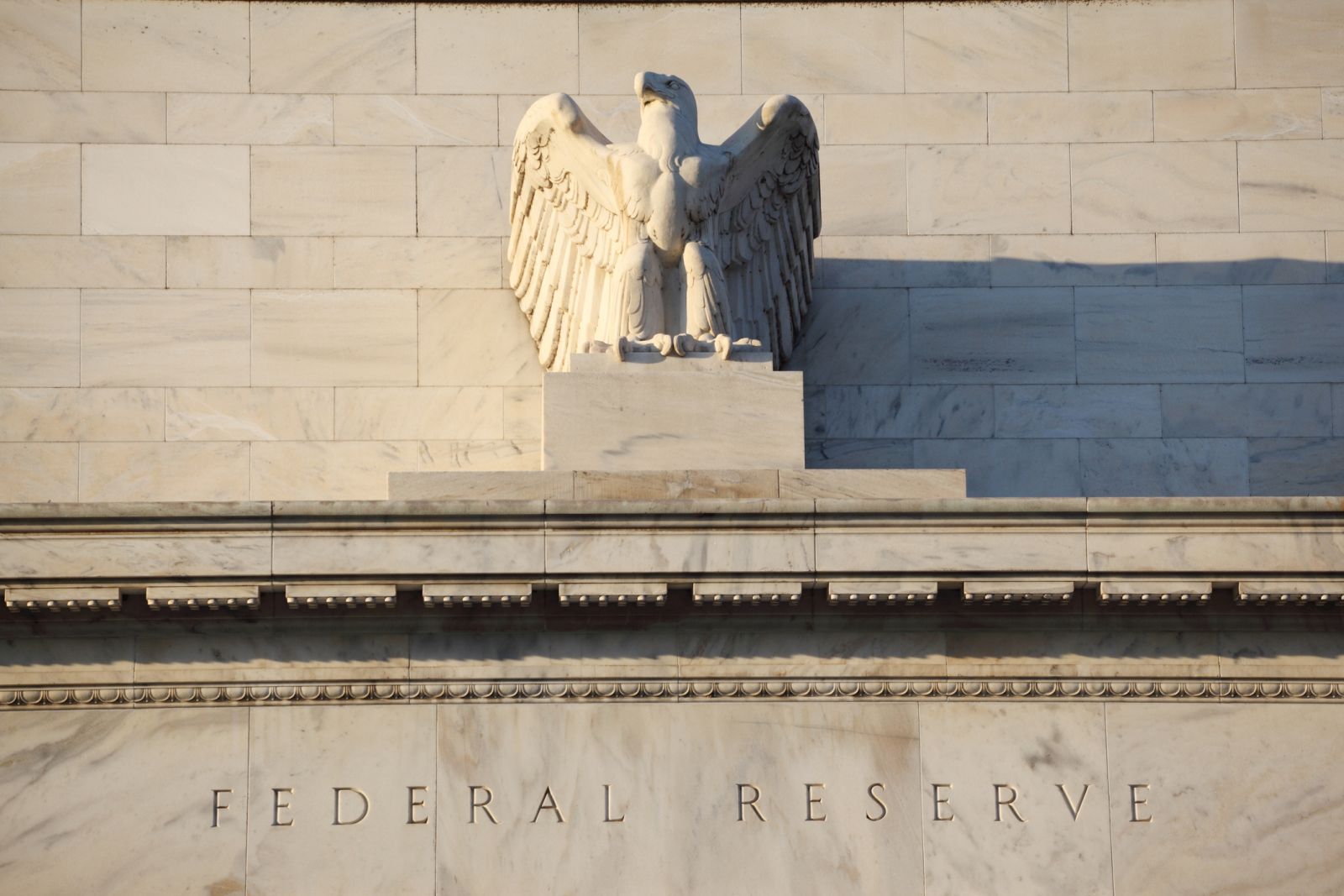
The Federal Open Market Committee (FOMC) begins its 2-day policy meeting today, and the markets will be looking for signs of whether the Fed thinks it will be able to begin cutting interest rates next year. With inflation falling significantly from a 42-year high last year, rate reductions in 2024 look increasingly likely. The markets expect the FOMC on Wednesday to hold interest rates steady for the third consecutive meeting and will look to Fed projections on when they may begin cutting rates.
Recent U.S. economic news shows the economy is holding up. After last Friday’s monthly U.S. payroll report showed November payrolls rose more than expected and the unemployment rate unexpectedly declined to a 4-month low of 3.7%, the Fed may not signal an aggressive path of rate cuts. Also, today’s U.S. CPI report showed Nov CPI ex-food and energy was still up +4.0% y/y, double the Fed’s 2.0% inflation target.
With the U.S. economy continuing to perform better than expected, market expectations for Fed interest rate cuts have diminished. The markets are discounting a 46% chance for a -25 bp rate cut at the March 19-20, 2024, FOMC meeting and are discounting an overall rate cut of slightly more than 100 bp during 2024. Earlier this month, market expectations were for a 60% chance of a Fed rate cut starting in March and around 125 bp of rate cuts for 2024.
Fed Chair Powell may signal the Fed will be less aggressive in interest rate cuts than what the markets have priced in. The 10-year T-note yield has fallen more than -90 bp in the past seven weeks from a 16-year high of 5.019% in late October to a 3-1/4 month low last Thursday at 4.102%. Earlier this month, Fed Chair Powell said that it would be “premature” to speculate on when the Fed might ease policy and even left open the option that the Fed would raise rates further if needed to bring inflation down.
According to SMBC Nikko Securities America, over the Fed’s last five credit-tightening cycles, the average time from the last rate increase to the first cut in interest rates was eight months. That timing would place the Fed’s first rate cut in March, since the Fed last raised rates in July. The presidential election in November of next year also raises the chances of the Fed cutting rates earlier in the year to avoid looking political. However, not all are convinced the Fed will cut rates so soon. Stifel Financial Corp said, “There are a number of headwinds and uncertainty in the pathway for inflation, which suggests the Fed can’t take its foot off the brake quite yet.”
On the date of publication, Rich Asplund did not have (either directly or indirectly) positions in any of the securities mentioned in this article. All information and data in this article is solely for informational purposes. For more information please view the Barchart Disclosure Policy here.






